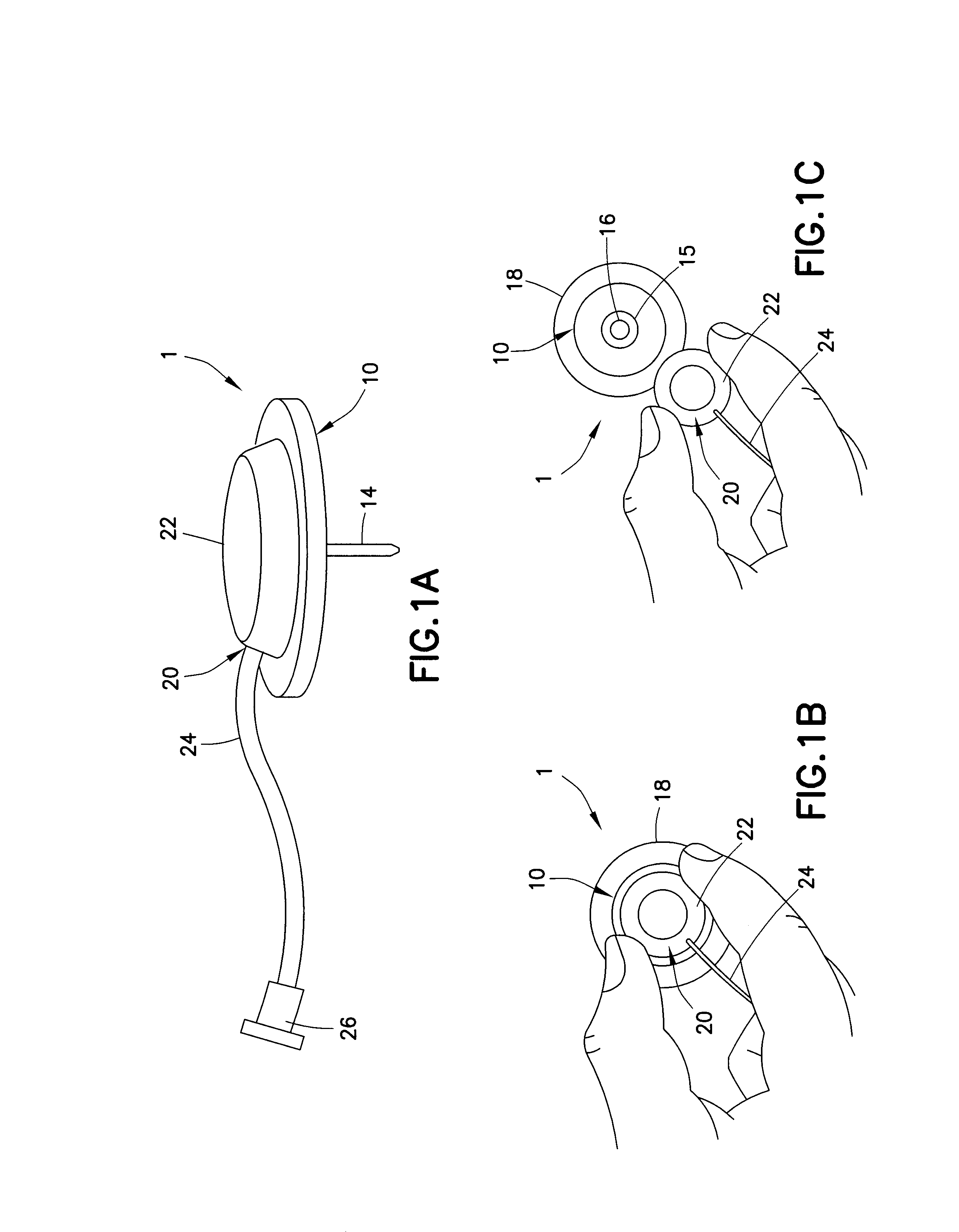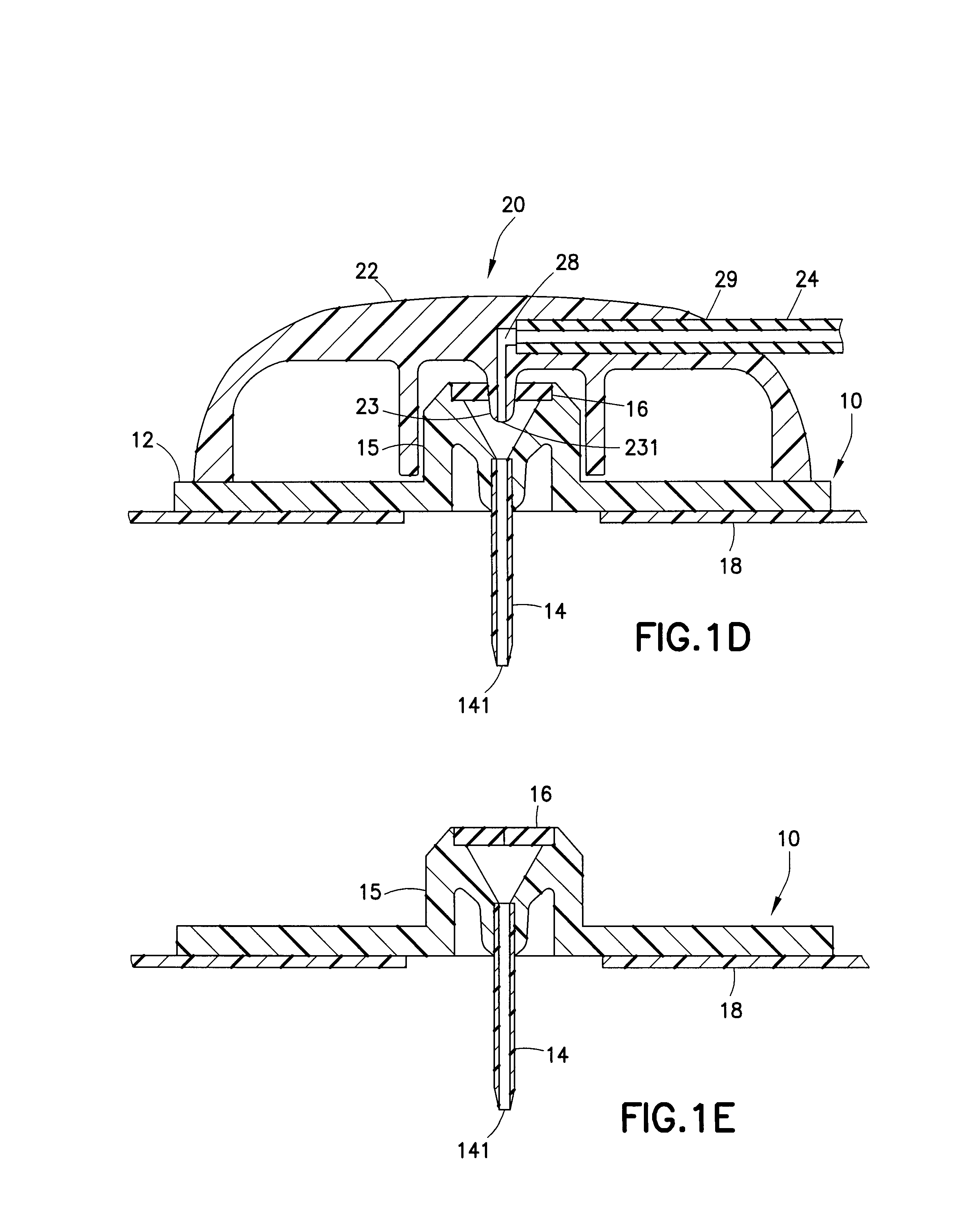Collapse-resistant swellable catheter
a catheter and swelling technology, applied in the field of catheters, can solve the problems of restricted catheter flow, kinking and occlusion of the cannula, restricted flow of infusate out of the catheter, etc., and achieve the effect of optimizing the column strength, maintaining or improving the flexible characteristics and tensile strength, and not adversely affecting the ability to be inserted into and removed from the patien
- Summary
- Abstract
- Description
- Claims
- Application Information
AI Technical Summary
Benefits of technology
Problems solved by technology
Method used
Image
Examples
Embodiment Construction
[0047]Although reference will be made to the exemplary embodiments depicted in the drawings and the following descriptions, the embodiments disclosed herein are not meant to be exhaustive of the various alternative designs and embodiments that are encompassed by the present invention.
[0048]As illustrated in FIGS. 2-7, an exemplary embodiment of the present invention is a catheter 14a that can function in the same manner as the catheter 14 of FIGS. 1A and 1D. The catheter 14a is composed of (1) a swellable inner tube 100 that is preferably produced from a swellable polymer, and (2) an external, non-swellable outer sleeve 200 that is preferably produced from a non-swellable polymer. The swellable inner tube 100 can be replaced by structures other than a tube, as illustrated in FIGS. 10A and 10B. The non-swellable outer sleeve 200 is sized and shaped like the catheter 14 of FIGS. 1A and 1D.
[0049]In general, “swellable” in this context describes the ability of a material to absorb somet...
PUM
| Property | Measurement | Unit |
|---|---|---|
| thickness | aaaaa | aaaaa |
| thickness | aaaaa | aaaaa |
| rotational angle A2 | aaaaa | aaaaa |
Abstract
Description
Claims
Application Information
 Login to View More
Login to View More - R&D
- Intellectual Property
- Life Sciences
- Materials
- Tech Scout
- Unparalleled Data Quality
- Higher Quality Content
- 60% Fewer Hallucinations
Browse by: Latest US Patents, China's latest patents, Technical Efficacy Thesaurus, Application Domain, Technology Topic, Popular Technical Reports.
© 2025 PatSnap. All rights reserved.Legal|Privacy policy|Modern Slavery Act Transparency Statement|Sitemap|About US| Contact US: help@patsnap.com



